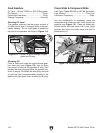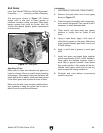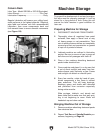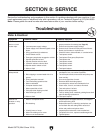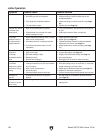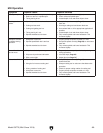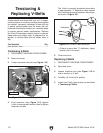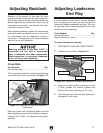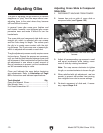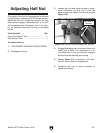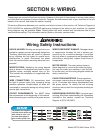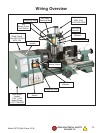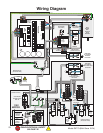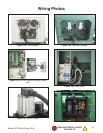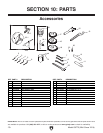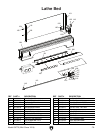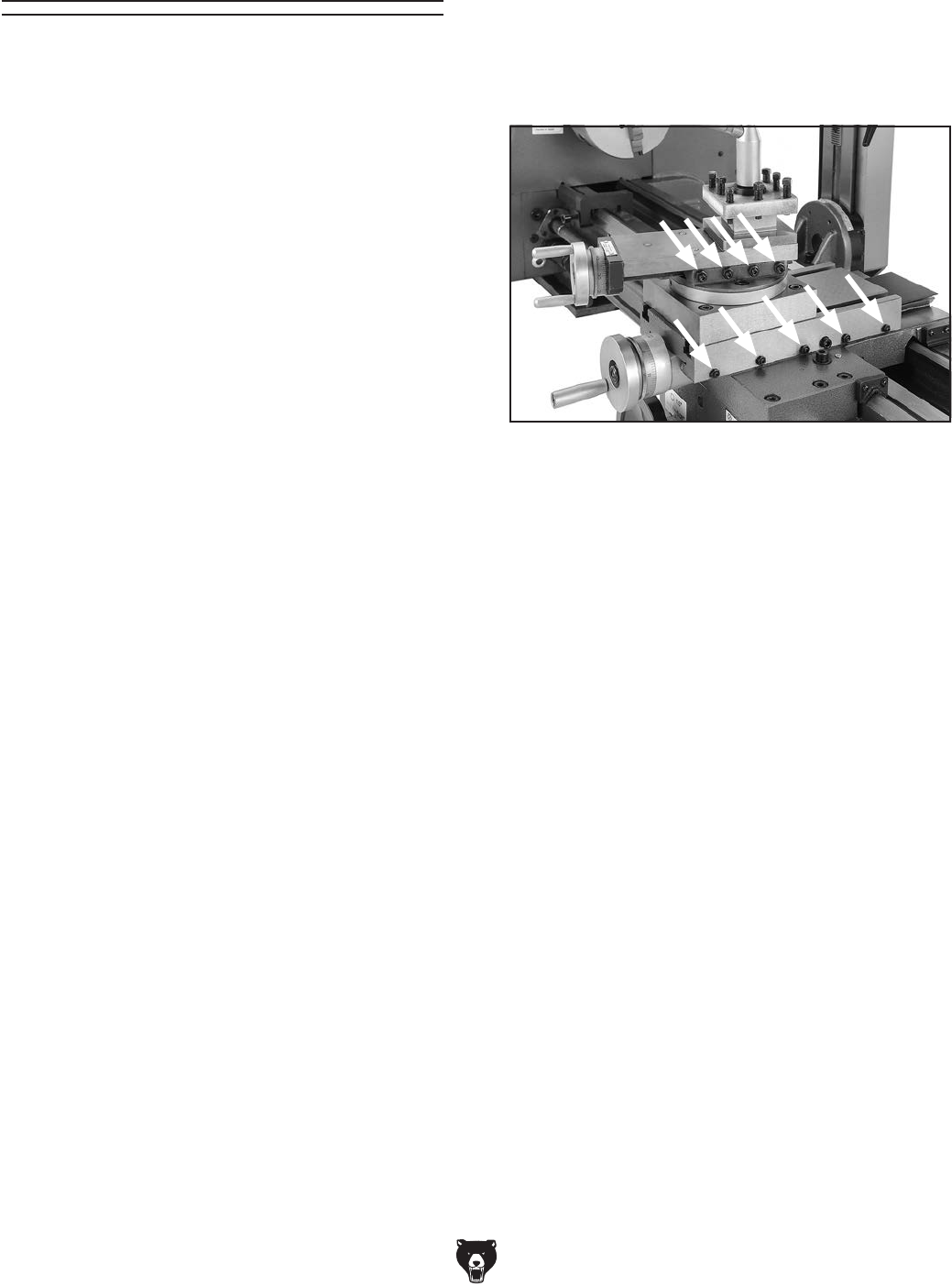
-72-
Model G0773 (Mfd. Since 12/14)
Adjusting Gibs
The goal of adjusting the gib screws is to remove
sloppiness or "play" from the ways without over-
adjusting them to the point where they become
stiff and difficult to move.
In general, loose gibs cause poor finishes and
tool chatter; however, over-tightened gibs cause
premature wear and make it difficult to turn the
handwheels.
The cross-slide and compound slide both use a
straight gib, which is adjusted with cap screws
and hex nuts along its length. The screws push
the gib in to create more contact with the slid-
ing surfaces. The Z-axis ways use a tapered gib,
which is adjusted with screws on each end.
The gib adjustment process usually requires some
trial-and-error. Repeat the process as necessary
until you find the best balance between loose and
stiff movement. Most machinists find that the ideal
gib adjustment is one where a small amount of
drag or resistance is present, yet the handwheels
are still somewhat easy to move.
Clean and lubricate the ways before beginning
any adjustments. Refer to Lubrication on Page
62 for instructions and lubricant specifications.
Tools Needed Qty
Open-End Wrench 10mm .................................. 1
Hex Wrench 3mm .............................................. 1
Flat Head Screwdriver #2 .................................. 1
3. Adjust all corresponding cap screws in small
and equal increments while testing move-
ment of slide by rotating handwheel.
Note: Turn cap screws clockwise to tighten
the gib, or counterclockwise to loosen the gib.
4. When satisfied with gib adjustment, use hex
wrench to prevent set screws from moving,
then retighten hex nuts to secure settings.
5. Re-check movement of slide and, if neces-
sary, repeat Steps 2–4.
1. DISCONNECT MACHINE FROM POWER!
2. Loosen hex nuts on side of cross slide or
compound slide (see Figures 123).
Figure 123. Gib adjustment hex nuts and cap
screws.
Adjusting Cross Slide & Compound
Slide Gibs



